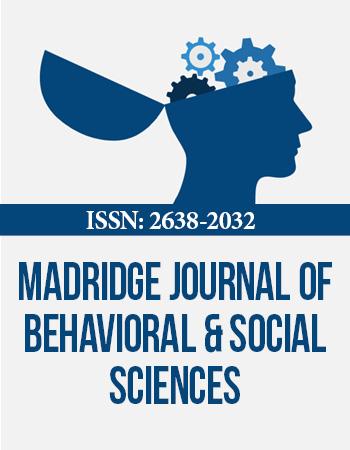International Conference on Alzheimerʼs Disease & Associated Disorders
May 7-9, 2018 Rome, Italy
Early and Persistent O-GlcNAc Protein Modification in the Streptozotocin Model of Alzheimerʼs Disease
Universidade Federal do Rio Grande do Sul, Brazil
O-GlcNActransferase (OGT), an enzyme highly expressed in brain tissue, catalyzes the addition of N-acetylglucosamine (GlcNAc) to hydroxyl residues of serine and threonine of proteins. Brain protein O-GlcNAcylation is diminished in Alzheimerʼs disease (AD), and OGT targets include proteins of the insulin-signaling pathway (e.g., insulin receptor susbtrate-1, IRS-1). We hypothesized that ICV streptozotocin (STZ) also affects O-GlcNAc protein modification. We investigated hippocampal metabolic changes in Wistar rats, particularly OGT levels and insulin resistance, as well as related astroglial activities, immediately after ICV STZ administration (first week) and later on (fourth week). We found an early (at one week) and persistent (at fourth week) decrease in OGT in the STZ model of AD, characterized by a spatial cognitive deficit. Consistent with this observation, we observed a decrease in protein O-GlnNAc modification at both times. Increased phosphorylation at serine-307 of IRS-1, which is related to insulin resistance, was observed on the fourth week. The decrease in OGT and consequent protein O-GlnNAc modifications appear to precede the decrease in glucose uptake and increment of the glyoxalase system observed in the hippocampus. Changes in glial fibrillary acidic protein and S100B in the hippocampus, as well as the alterations in cerebrospinal fluid S100B, confirm the astrogliosis. Moreover, we found signs of astroglial dysfunction, which are likely implicated in the neurodegenerative cascade triggered in this model. Together, these data contribute to the understanding of neurochemical changes in the STZ model of AD, and may explain the decreases in protein O-GlcNAc levels and insulin resistance observed in AD.
Biography:
Carlos-Alberto Gonçalves is a medical doctor from Catholic University of Pelotas (Brazil, 1985), MSc and PhD in biochemistry from Federal University of Rio Grande do Sul (Brazil, 1992) and post-doctoral in neurochemistry from the University of Newcastle (Australia, 1995). He is full professor at Federal University of Rio Grande do Sul, working on programs of biochemistry and neuroscience. He is fellow researcher from National Council for Development of Science and Technology (CNPq) and honorary member of Cuban Society of Neuroimmunology. His basic and applied neurochemistry research focusing in: Activity, expression and secretion of S100B, a calcium-binding protein and Markers of glial activation in neurodegenerative diseases, particularly Alzheimerʼs disease.


